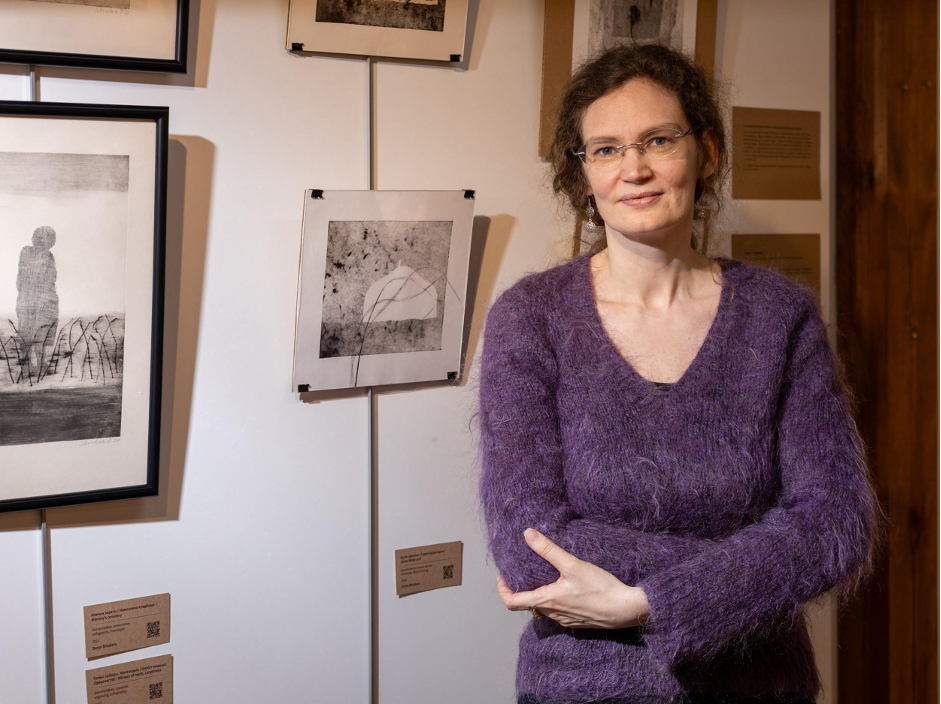
Daria, isn't this your second exhibition in Kazakhstan?
Yes, that's right. The first one was held in collaboration with Kulanshi Gallery and Leila Mahat in 2022. I warmly remember the first exhibition and the first meeting with the audience in Astana and I am glad that it turned out today for the second time to present my works in the original and beautiful space of the Sal Seri gallery.
Tell us a little about yourself. Where did you live before moving to Kazakhstan?
I'm a real nomad. My childhood and youth were spent in the Urals, in Perm. Then I studied in France and worked for 10 years at the Museum of History and Art in Saint-Denis. I found myself as an artist in Kiev, Ukraine, where I discovered printed graphics. And my first exhibitions were held in Bucharest, Romania in 2019-20.
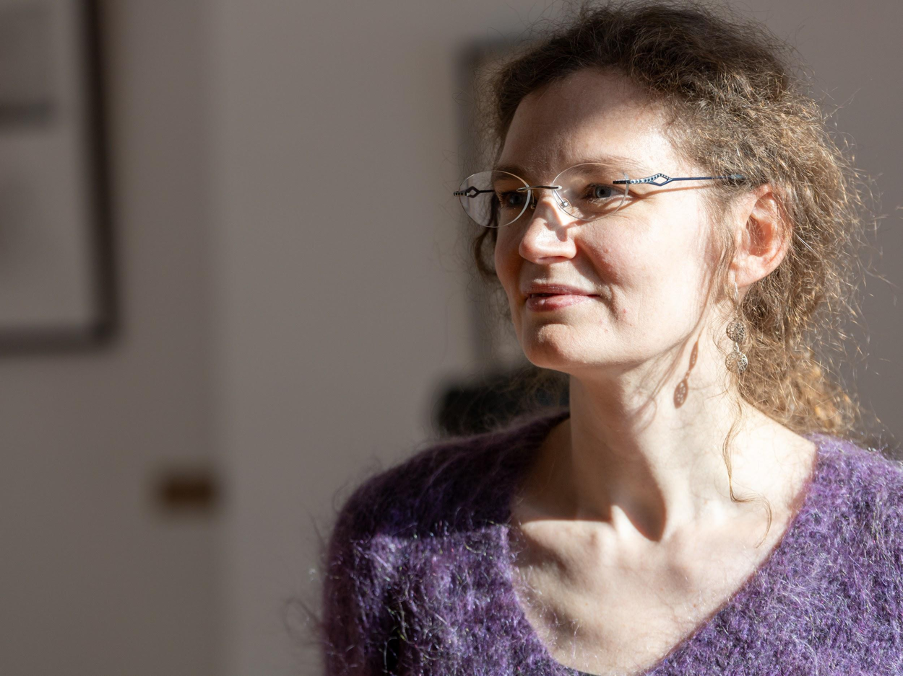
- How did you come to print graphics? What was the beginning?
- When we left France in 2014 and I left the museum, I was looking for myself in art. I started with painting, from bed. And even tried her hand at pottery. Although I felt and understood inside that graphics and drawing are closer to me. I was lucky to be in Kiev, where there are many strong artists and a unique creative environment. I met Anna Khodkova and Kristina Yarosh there, two extremely talented contemporary graphic artists. And I was lucky enough to work and learn a variety of printing techniques in their workshop. I continue to study now.
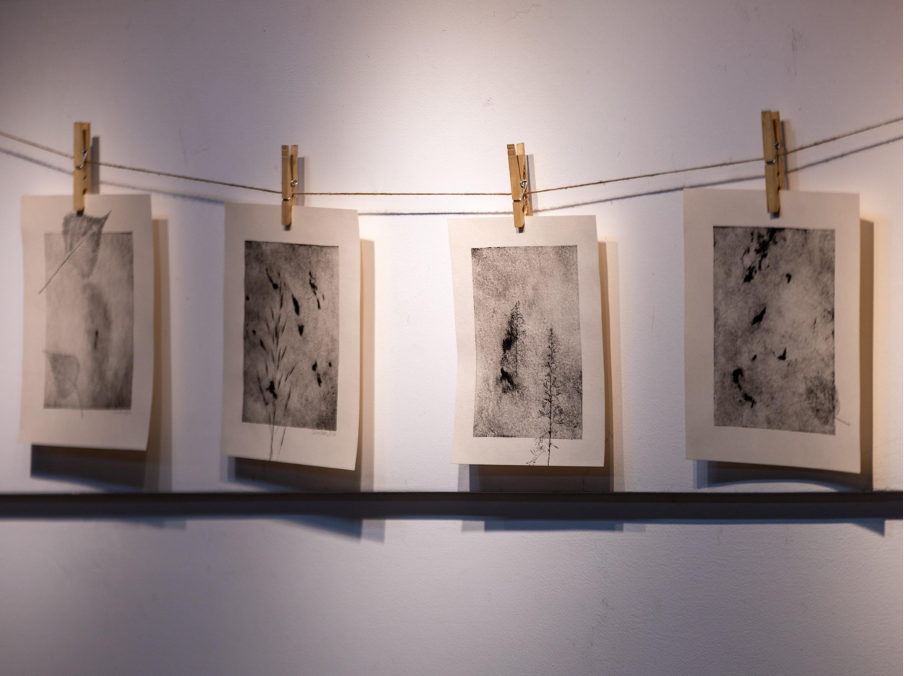
- And how do you create your works?
- I work on an etching machine. It's an impressive car. I call it with love "my ship", because the machine has a wheel, like a steering wheel, which needs to be scrolled to get an impression. And for each job, I need to do it from one to five times. I work in different techniques: dry-needle engraving, cardboard engraving, collagraphy, monotype, I often mix them in one work. Here at the exhibition there are also works printed by hand, without a machine. For example, my linocuts. I use metal, plastic, cardboard in my work. Now there are many materials and different techniques in the world of printed graphics: from traditional to experimental and new.
- What brought you to Kazakhstan? You moved in 2020, didn't you?
- Yes, it was in 2020. I came with my family because of the opportunities that work opened up to us, and it was certainly not an accident. It was very interesting for us to discover Kazakhstan.
- Have you breathed your new creative inspiration from our Kazakh steppe?
- Before coming to Kazakhstan, I had never been to Central Asia and a lot of things were a discovery for me here. I was impressed by Kazakhstanis, their love of freedom, openness and kindness. I was fascinated by the culture of Kazakhs as nomads, which is extremely rich and unique. And, of course, I discovered the Kazakh steppe. The steppe is a special element, as strong as the sea or mountains. There is a spirit of freedom and spaciousness in it. She is always different and always amazing. I traveled a lot around Kazakhstan by train, my family and I "traveled" across the steppe to the North and East, more than once we got to the city of Almaty through Lake Balkhash and lived in the mountains in Merk. I wanted to share what I saw in the works. But in order to let through what I saw, so that it would be filled with real meaning, and not remain a postcard, I needed to immerse myself in the history of these places.
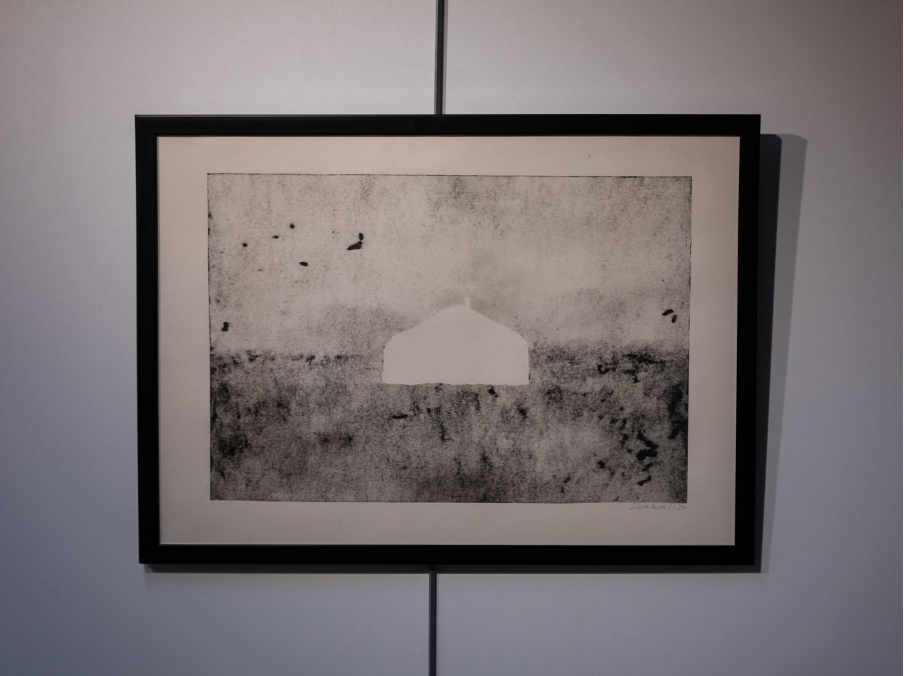
Studying the history of the last centuries, you very quickly come to dramatic pages: colonization of the Kazakh steppes by the Russian Empire, suppressed uprisings, civil war, collectivization, holodomor, deportation of Kazakhs and forced resettlement of other peoples to Kazakhstan, camps, wars. I see how the wounds of the past and the crimes of the Soviet era resonate today. And at the same time, it is very encouraging that Kazakhstanis know and study their history and that now Kazakh culture and language are experiencing a new flourishing.
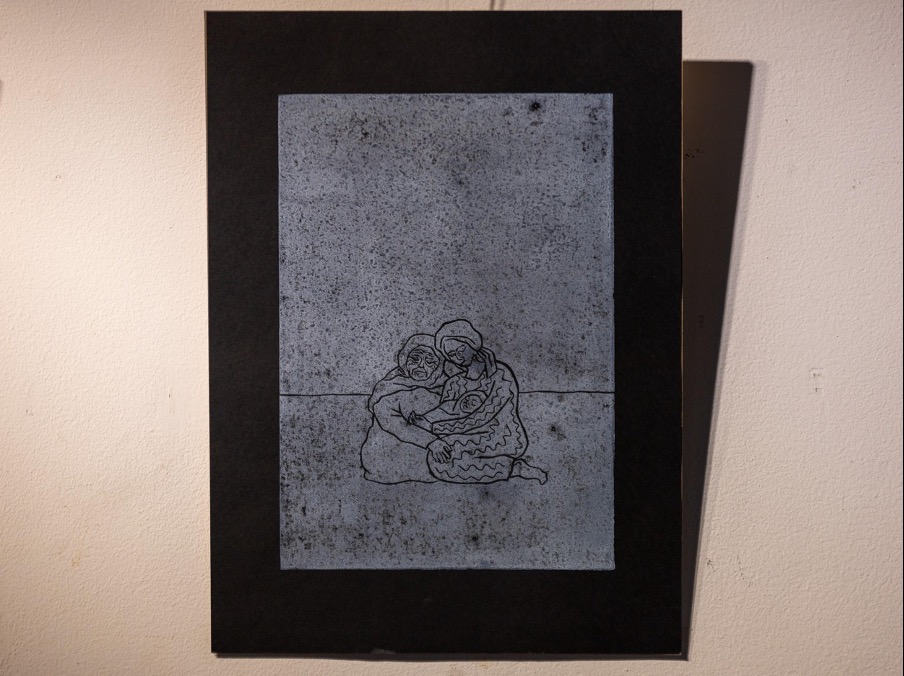
- And how did you immerse yourself in Kazakh culture and history? What books were important to you?
- I really love the Kyrgyz writer Chingiz Aitmatov, for me he is the greatest humanist. I have been familiar with his books since my youth, and here I read his novel "And a Day lasts longer than a Century", which takes place in Kazakhstan, in the steppe, in a small village near the railway. This is a very powerful book. It weaves several lines of narrative, touches on many topics that do not lose their relevance today: state violence and war, human dignity and meanness, love (in all its hypostases), nature and human relations with it, heritage and progress. Aitmatov's father was repressed, shot very young, and Genghis searched all his life for his burial place. In this book, he shows how terrible the Soviet regime was, because it encroached not only on human life, but on its dignity, memory and humanity, and that good, like evil, is always done by people.
Then, thanks to a meeting with the wonderful Senu book club of Astana, I read the novel "Noon" by the writer Talasbek Asemkulov, translated by Zira Nauryzbai. In his novel, I saw a special way of thinking of the Kazakhs, which was associated with steppe life, with nature. I felt his beauty. I was also touched by the kind, respectful attitude in Kazakh society towards all its members, whether they are just a neighbor or a child. I learned a lot about the tradition of the almost sacred art of the blacksmith and kuishi. "Noon" tells about the tragic events of the 20th century. For example, about how an entire generation of Kuishi was practically lost due to repression, holodomor, and war. In this autobiographical book, Asemkulov tells how his grandfather (in life, Zhunusbai Stambayev), returning to his village after the war and Soviet camps, took him to be raised as an infant by his daughter in order to pass on his art of playing the dombra.
I really fell in love with Kazakh music, the beauty and magical power of dombra and kobyz. On the opening evening of the exhibition, kobyz was performed by the amazing kuishi of our time - Raushan Orazbai, and the beautiful vocalist Asem Yesenova performed Shakir Abenov's song "Dawa".
- The theme of the repressions of the XX century is vividly reflected in your work. Back in the first exhibition, you highlighted your work "Reed Pain" separately. How is she dear to you?
- Yes, this topic has served as a subtext for many of my works. "Reed pain" was one of the first. In it, the reeds, so familiar to us in the steppe landscape, became the image of human destinies. I came to these broken lines. And there are the broken, there are the lonely, there are those who lean against each other.
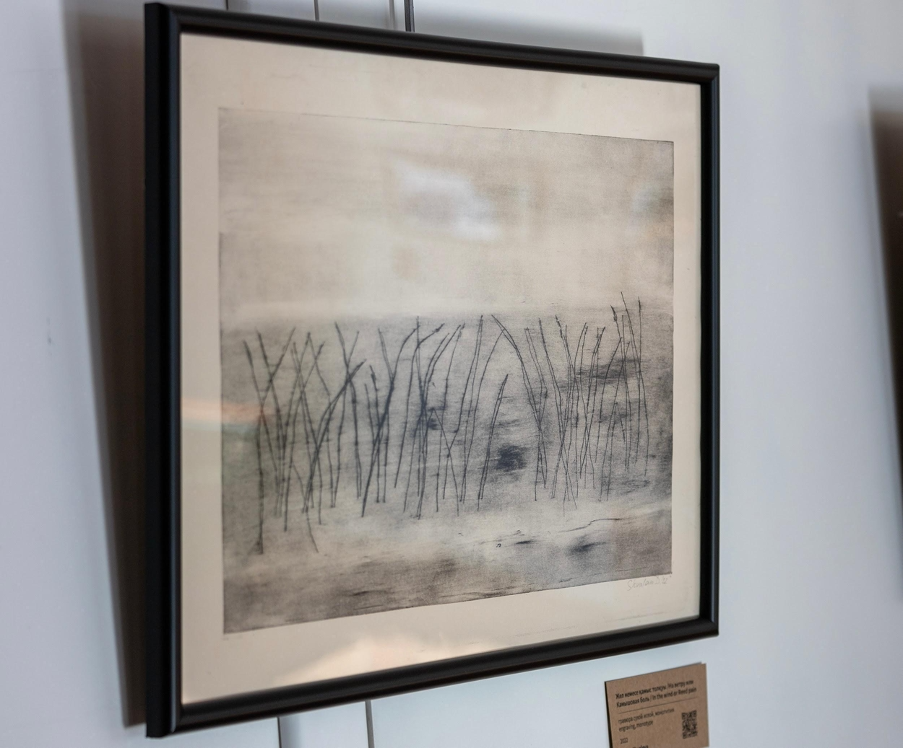
The reed also appears in other works presented at the exhibition: "Memories", "Whisper of the reed", "Loneliness", "Sheaves" and, finally, "Adobe Mountain". In these works, I thought about women's destinies in this terrible era. Women who buried their husbands, or searched for them, not knowing their fate, who were separated from their children, deprived of youth, the joy of motherhood, who were tortured with backbreaking labor and hunger in camps, special settlements, collective farms.
The camp barracks were heated with reeds. Teachers and musicians mixed clay with reeds for the adobe bricks from which these barracks were built. It was very hard work, the standards were huge. It was very important to me that the exhibition had these adobe bricks, which we no longer see in a modern city. I managed to bring them by train from the southern town of Shu.
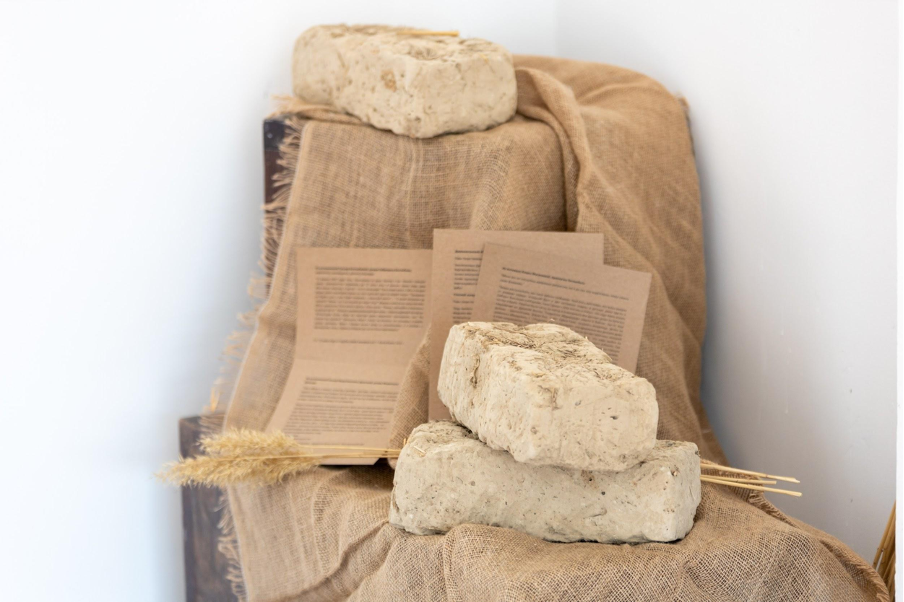
The repressions and tragedies of the 20th century also affected my family. My great-grandfather was shot in 1938 at the age of 37. The great-grandmother was supposed to be in the Akmola camp. (ALGERIA is the Akmola camp of wives of traitors to the motherland. It is located 40 kilometers from the capital of Kazakhstan) She was considered the wife of an enemy of the people. Her three-year-old child, my grandmother, was supposed to be in an orphanage. But we can say that they were lucky, they were warned that they had to run. They told me to drop everything and run. And somehow they got to the Urals from the Bryansk region on crossovers and trains.
Some of my works touch on the topic of collectivization. During the years of collectivization, the Kazakhs were robbed of the most precious thing that formed the basis of the life of nomadic peoples – cattle. Many people tried to escape from the Kazakh steppe to save themselves, their relatives and their cattle, often dying on the way. This is one of the meanings of my work "My grandfather's Yak".
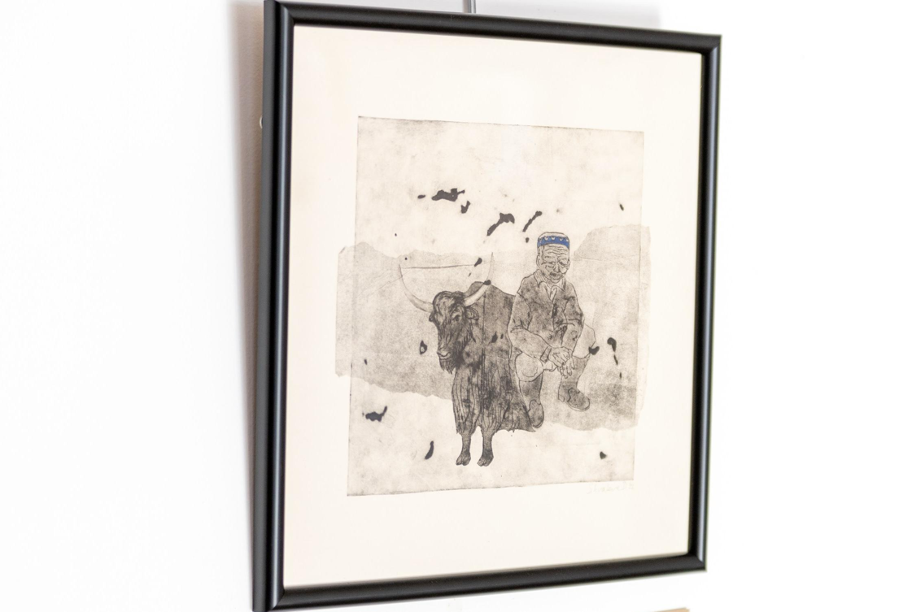

Camels in my schedule could only appear in the steppe. These are partly Aitmatov's camels, they are so colorful in his book "And a day lasts longer than a century", he describes them so interestingly, I couldn't help but draw them.
Now I am conducting guided tours for students in the gallery, telling them about my work. We plan to organize a master class here, where I will be able to tell you more about the materials, techniques of modern printed graphics and about my favorite machine.
You can get acquainted with the work of Daria Shvaleva in the gallery "Sal Seri" at the address: 10/1 Heydar Aliyev str., Astana









